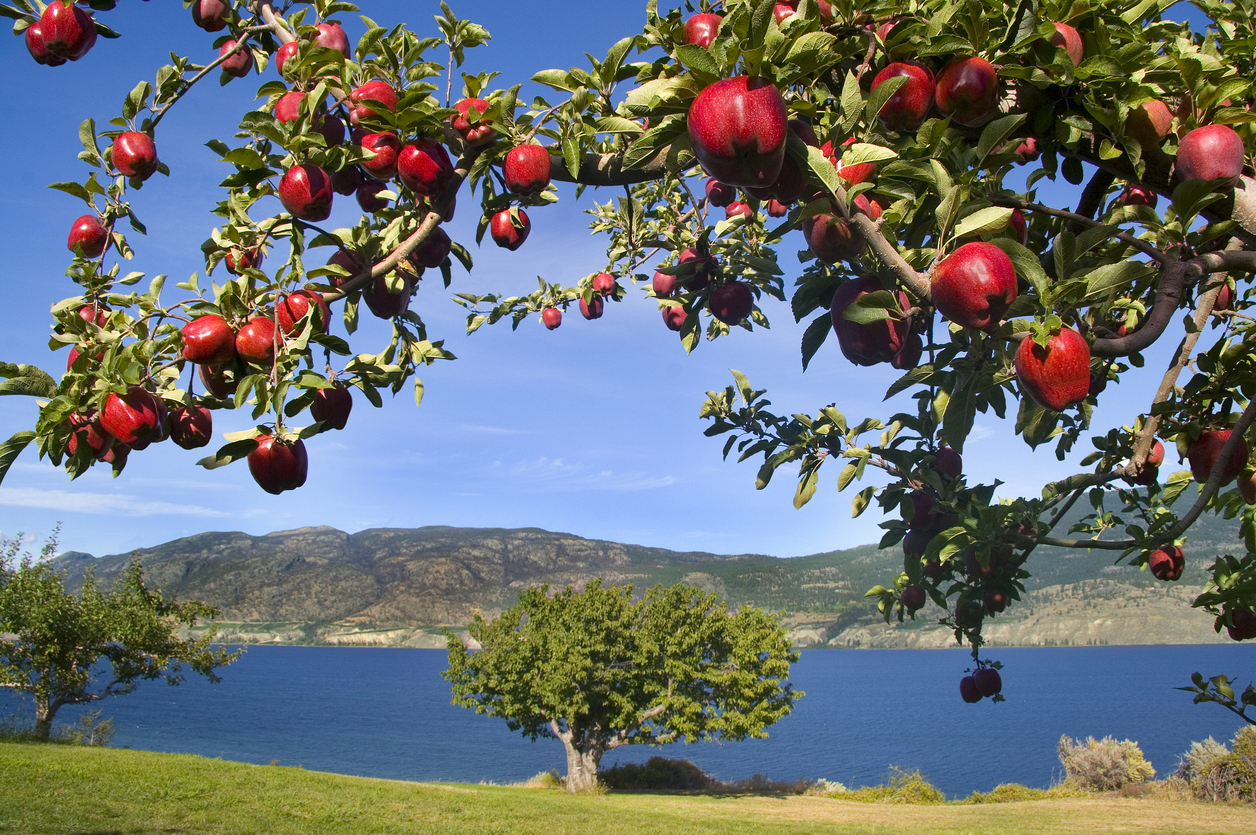If you have a fruit tree or two in your garden, you may have noticed something called premature fruit drop. Depending on the type of fruit, this might happen several times during the season.
Understandably, this can be concerning. Seeing your beautiful fruit suddenly falling to the ground, even though everything seems fine. There are a couple of reasons this happens, and luckily, some of the most common reasons aren’t anything to worry about.
I know that’s easy to say from the comfort of my computer keyboard. And, obviously, there’s a big difference here between the apple tree in my yard and the commercial orchard down the road. Even as much as I love picking fresh fruit from the tree, I’m not a commercial producer with my livelihood dependent on each apple. But for those of us who have a fruit tree or two in the yard, you may be able to ignore fruit drop.
Explore the easiest fruit to grow at home—indoors or out! Read our FREEBIE 15 Easiest Fruits to Grow at Home, right now!
Why premature fruit drop isn’t (usually) anything to worry about
For fruit trees to develop fruits, two things need to happen. The first is that flowers need to be pollinated, usually by bees. The second is that the tree needs enough energy for those fruits to develop. When there is a break in this cycle, you can end up with premature fruit drop.
That’s not necessarily as terrible as it sounds, though. The University of California points out that “in some cases, fruit drop is nature’s way of reducing a heavy fruit load.” This may be especially true when it comes to competition among the fruits for nutrients. The tree will dump poorly pollinated or less viable fruits.
In fact, you may need to hand-thin fruits if premature fruit drop doesn’t happen naturally. Of course, each tree is a little different, but generally, you want to remove fruits in the early development stages and thin them to about one fruit every 6 or 8-inches.
Weather can play a role in premature fruit drop, as well. Drastic temperature changes from cool to hot can impact persimmons in the spring, while wet weather can lead to bacterial infections. Unfortunately, there’s not a lot you can do about the weather.
Of course, some insects can cause serious premature fruit drop problems. The Asian citrus psyllid can carry and spread citrus greening, which the USDA calls “one of the most serious citrus plant diseases in the world.”
Some other symptoms of this infection include lopsided, hard fruit or fruit that remains green, as well as asymmetrical and blotchy mottling of leaves. Again, there isn’t much you can do to save your fruit if it’s infected with citrus greening. However, the USDA suggests notifying your closest Cooperative Extension Service if you suspect your trees are infected.
What you can do to keep fruit on your trees
While many of the issues that cause premature fruit drop are beyond our control, there are steps we can take to help matters. One of the best ways to prevent this and other pests and disease problems is to keep fruit trees as healthy as possible. That includes pruning them, ensuring they get watered and fertilized properly, and mulching.
Additionally, since we know poor pollination is one of the reasons fruits don’t develop, creating a pollinator-friendly garden is always helpful. Native plants and flowers create spaces attractive to bees, beetles, butterflies, and birds.
Have you experienced fruit drop? What did you do about it?
Explore the easiest fruit to grow at home—indoors or out! Read our FREEBIE 15 Easiest Fruits to Grow at Home, right now!
